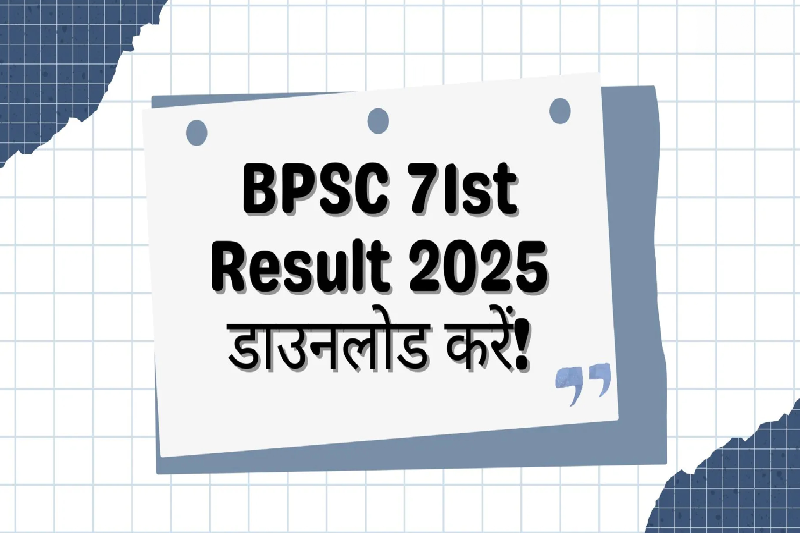
AI in Homework: A Boon or a Shortcut? Kolkata Schools, Parents, and Students Weigh In
Artificial Intelligence (AI) has moved from being a futuristic buzzword to a daily reality in classrooms across the globe—and Kolkata is no exception. Schools in the city are now reporting a noticeable rise in AI-generated homework, with students increasingly turning to tools like ChatGPT, Google Gemini, and even Meta AI for assignments ranging from essays to complex mathematical solutions.
While some view AI as an innovative learning aid, others fear it could undermine academic integrity and critical thinking. This growing divide among educators, parents, and students reflects a larger debate: Is AI a powerful educational tool or an easy shortcut that weakens the learning process?
AI’s Deep Entry Into Classrooms
In recent months, principals and teachers in Kolkata have observed a clear pattern—secondary and higher secondary students, particularly in Classes 8 to 12, are heavily relying on AI for homework. The signs are obvious: essays with advanced vocabulary that students cannot replicate in class, perfectly structured answers, and uniform writing styles across submissions.
Principal CA Lucas of GD Birla candidly stated, “We understand that they use AI, especially the students of 8 to 10 standard. The blatant copying from AI is noticeable by teachers.”
Spotting the AI Fingerprint
One of the easiest giveaways, teachers say, is the stark contrast in students’ work done at home versus in school. Shatadru, Principal of Techno India School, shared an example: “Students were asked to write an essay at home and they were able to write it well, but at school their answers are not up to the mark.”
This inconsistency raises questions about whether students are truly learning or simply outsourcing their thinking to AI platforms.
Parents: Divided but Cautious
While educators largely express concern, parents in Kolkata seem to have mixed feelings about AI’s role in education. Some see it as a helpful tool for brainstorming and clarifying concepts, while others worry about over-reliance.
One mother of a Class 5 student at Our Lady Queens School explained her approach:
“I use ChatGPT or Gemini to understand a few simple things for my child, not exactly to copy it, but to understand what could be the answer. Sometimes, I use AI to understand what type of writing one needs for the essay topics, but she does not copy it directly. It also helps in ideating the topic.”
However, she also highlighted the risks: “When a child is taught to use AI, they will majorly use it to do most of the work, which is ideally not good because it does not help during examinations. It is important to keep a check on whether they are frequently using AI or not.”
Students: Enthusiastic and Open About AI Use
Interestingly, students themselves are not shy about admitting how much they depend on AI. Many praise its speed, summarisation abilities, and capability to analyse exam patterns.
A Class 10 student from a reputed Kolkata school shared:
“It analyses better, makes the lengthy answers short and it can give us questions, meaning if you upload a picture of a question paper in ChatGPT, based on that it can help you understand the MCQ pattern in the exam paper.”
Another Class 8 student uses AI for reasoning-based questions:
“I use it for solving questions, making questions for me to solve, to get answers to reasoning-based questions whose answer is not available on the internet.”
For them, AI is less of a cheat and more of a personalised tutor—quick, resourceful, and always available.
The Academic Integrity Dilemma
The heart of the debate lies in balancing innovation with ethics. For educators, the challenge is twofold—prevent plagiarism and ensure students genuinely learn. Blind copying from AI may produce impressive homework but leaves students ill-prepared for exams and real-world problem-solving.
There’s also the risk of dependency. Without proper guidance, students could lose the ability to think critically and construct arguments independently, relying instead on instant AI answers.
Calls for Responsible Integration
Not all educators are pushing for an AI ban. Some, like Seema Saptu, Principal of The Heritage School, believe the focus should be on teaching students how to use AI responsibly.
“I’m getting clear about this one thing—that AI is here to help us, and we have got to embrace it. It is our responsibility as adults and teachers to ensure that children learn with AI properly.”
This viewpoint aligns with the idea that AI is a tool—like a calculator or the internet—and its impact depends on how it’s used. The goal should be to incorporate AI into the learning process without letting it replace fundamental skills.
A Global Parallel
The situation in Kolkata mirrors global trends. Across the world, schools are grappling with how to integrate AI into curricula while maintaining academic honesty. Some institutions are introducing AI literacy programs, where students are taught prompt design, fact-checking, and ethical use. Others are redesigning assessments to emphasise in-class work and oral evaluations over take-home assignments.
The Road Ahead
AI’s presence in education is no longer optional—it’s a reality that demands adaptation. Schools may need to revise homework structures, introduce AI ethics as a subject, and invest in plagiarism detection tools. At the same time, parents will play a crucial role in monitoring their children’s AI usage and encouraging balance between digital assistance and independent thinking.
As the debate unfolds, one thing is certain: AI is reshaping the way students learn and teachers teach. The challenge for Kolkata’s schools—and indeed for the world—is to ensure that technology enhances learning rather than replacing it.
Conclusion
The rise of AI-generated homework in Kolkata is forcing educators, parents, and students to confront tough questions about the nature of learning, the purpose of homework, and the role of technology in shaping young minds.
Whether seen as a shortcut or a powerful ally, AI is here to stay. The task ahead is to set boundaries, teach responsibility, and make sure that in the race for quick answers, we don’t lose sight of the deeper goal—developing thoughtful, capable, and independent learners.



